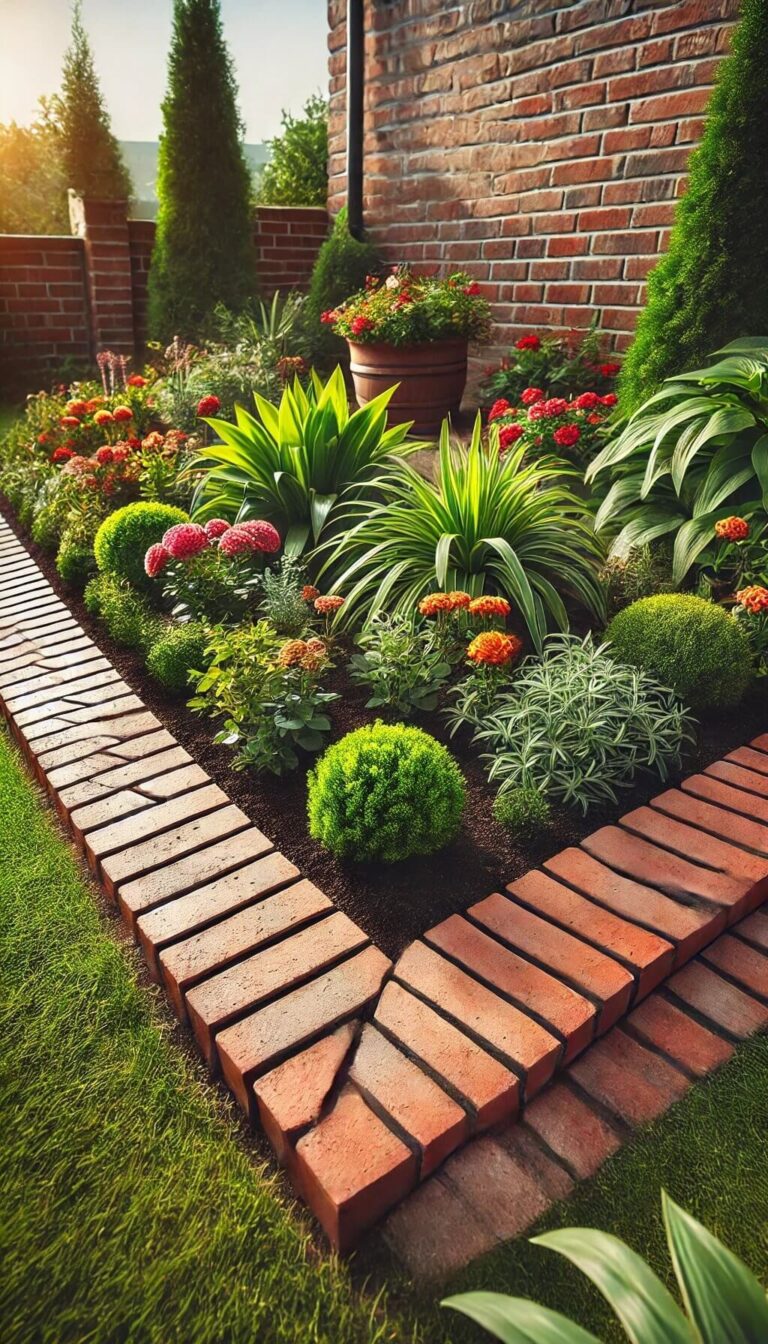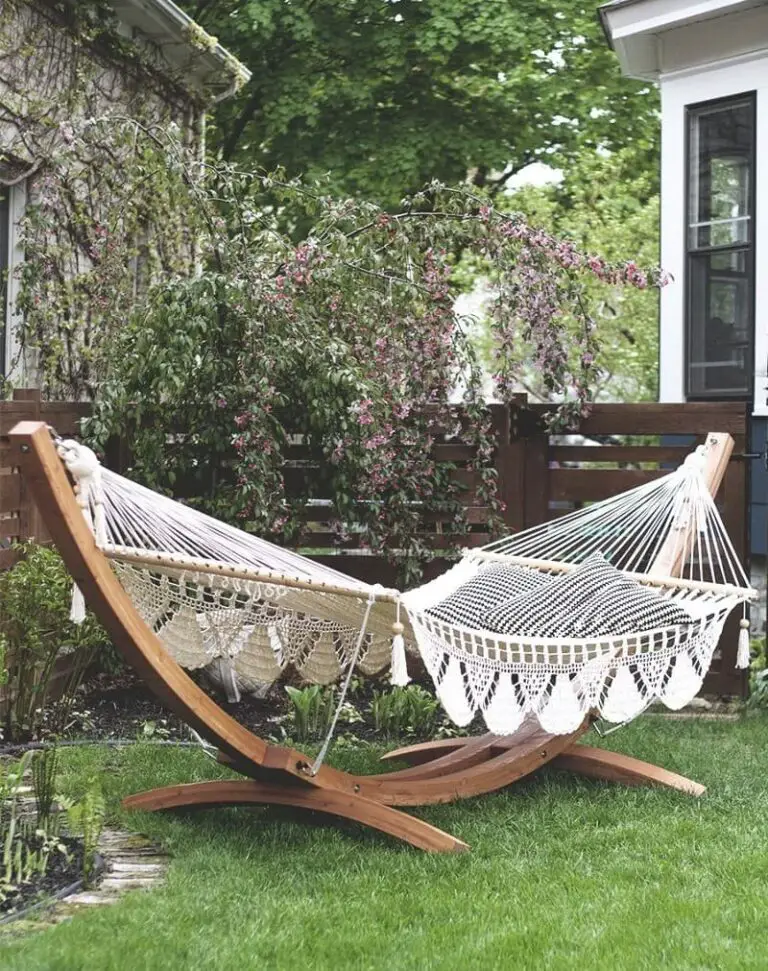Urban Gardening The Raised Bed Method
In urban gardening, the raised bed method has emerged as a game-changer for city dwellers seeking to maximize their yield from limited space. By investing more effort upfront, gardeners can enjoy a bountiful harvest with minimal maintenance requirements. This intensive approach yields significantly more produce per square foot compared to traditional gardening methods.
For instance, 144 bush bean plants can thrive in a single four-by-four raised bed, whereas only 32 would be feasible in a traditional garden plot of the same size. As a result, urban gardeners can expect a greater harvest with less labor required throughout the growing season.
How to Make a Raised Bed in an Urban Garden
#1. Elevated Raised Beds
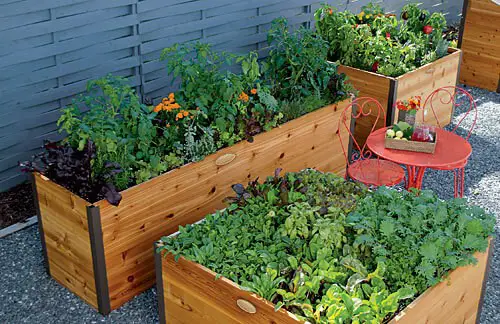
#2. Urban Farming: Raised Bed Gardening
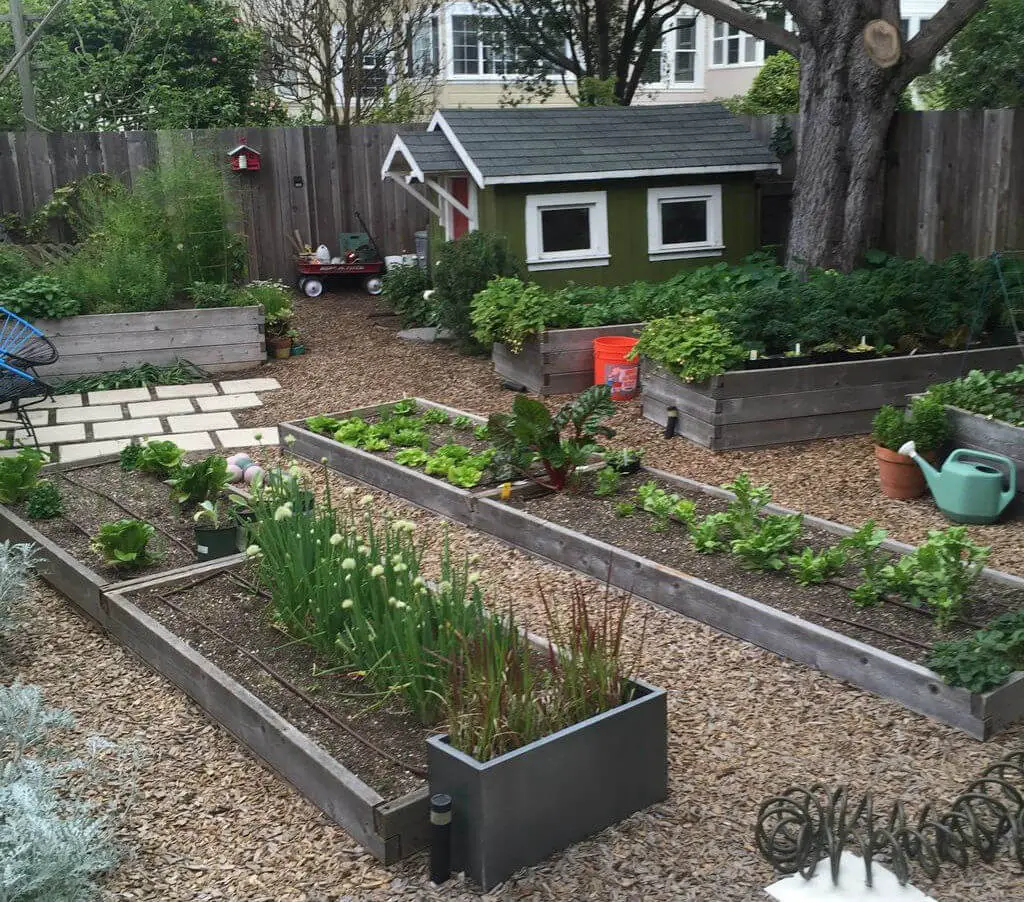
#3. Cedar Raised Beds with Permanent Trellising
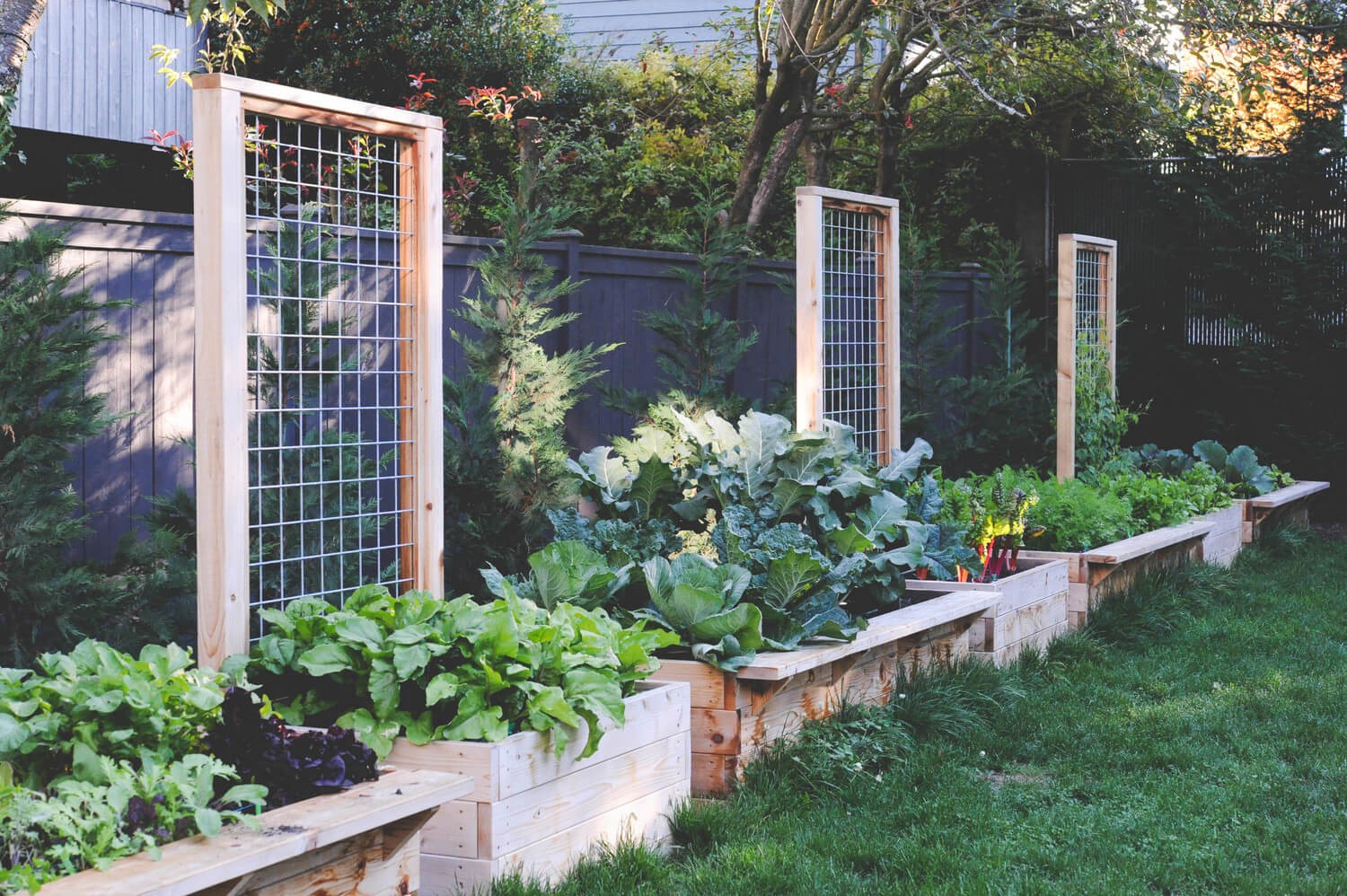
#4. Raised Bed in Urban Garden

#5. Square Raised Bed

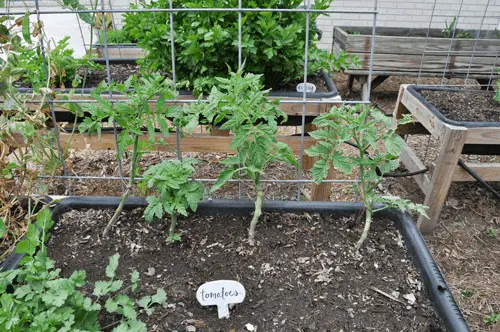
#7. Raised Bed Gardening with Concrete Blocks
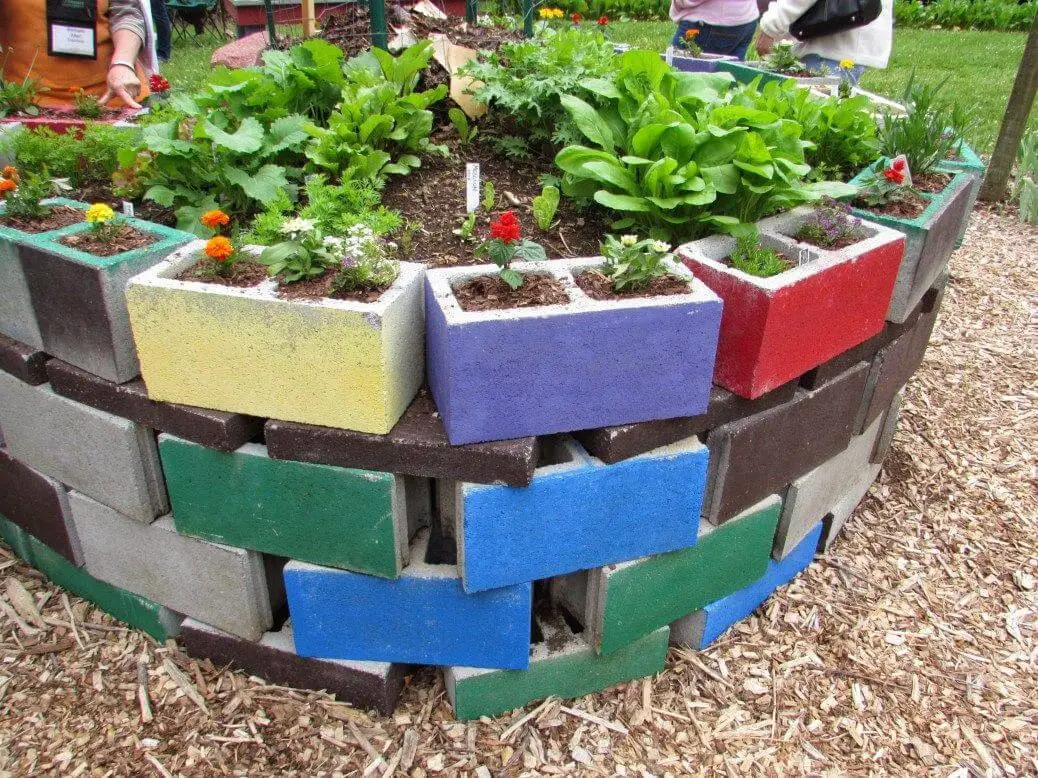
#8. Apartment-style garden bed
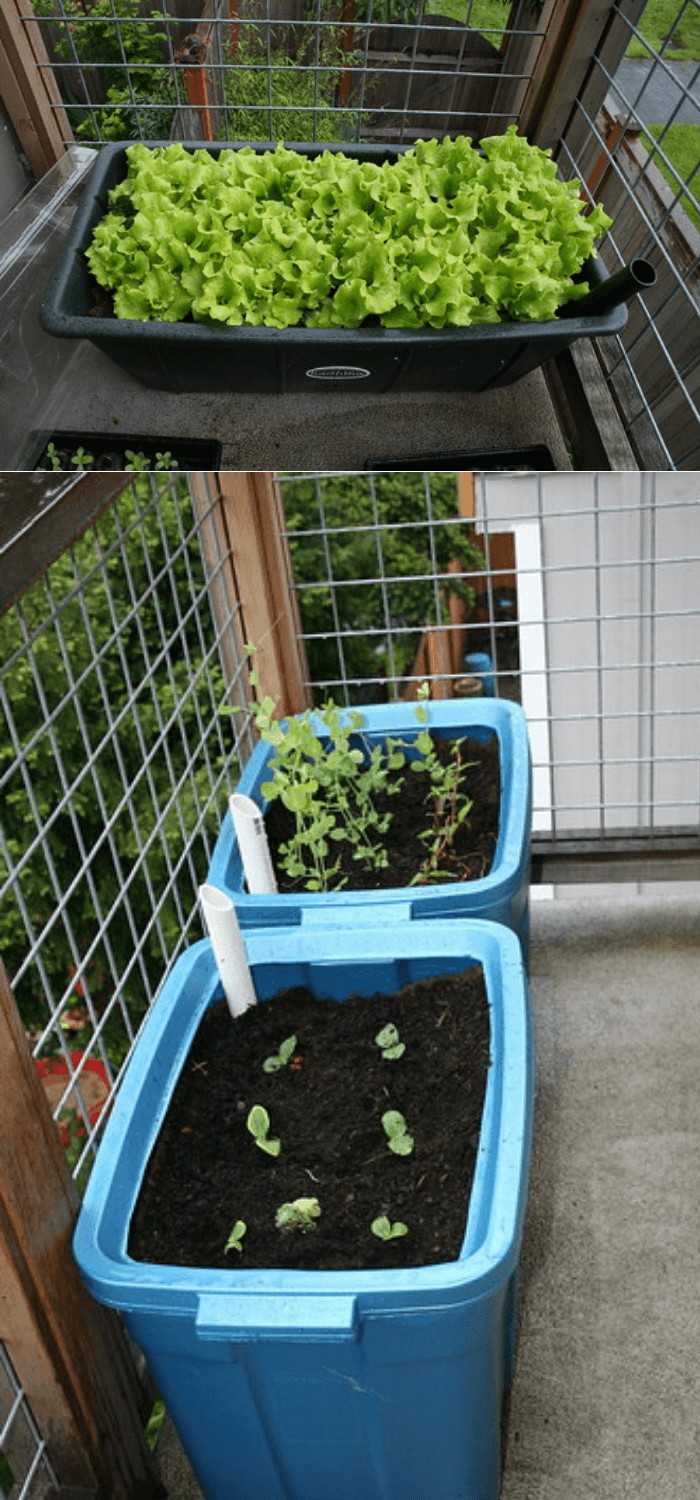
#9. Filing cabinet turned planter

#10. Raised Pallet Garden
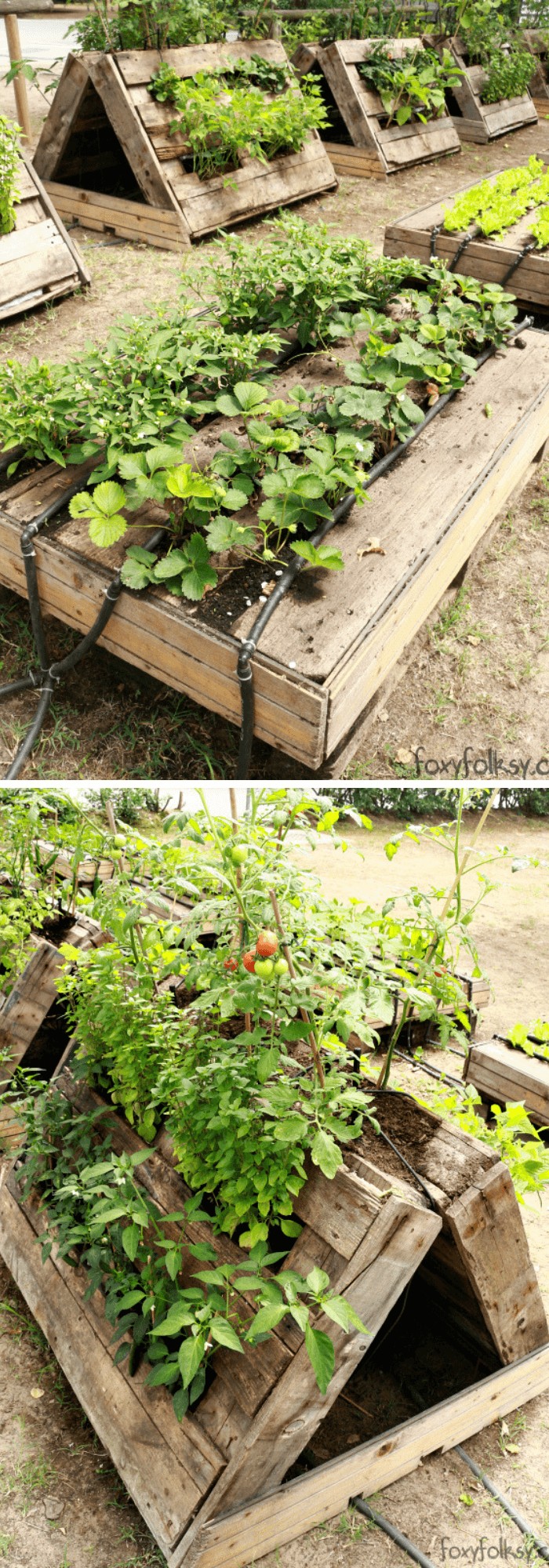
#11. Crate garden for saving space
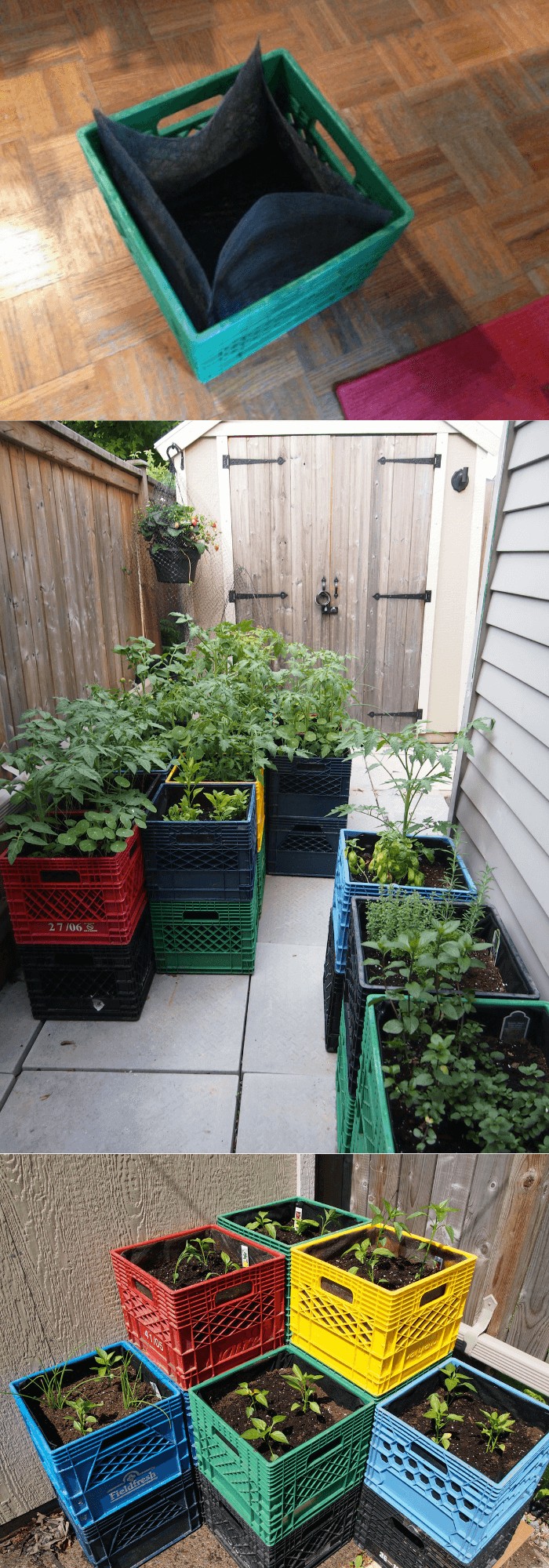
#12. Square food garden with plastic crates
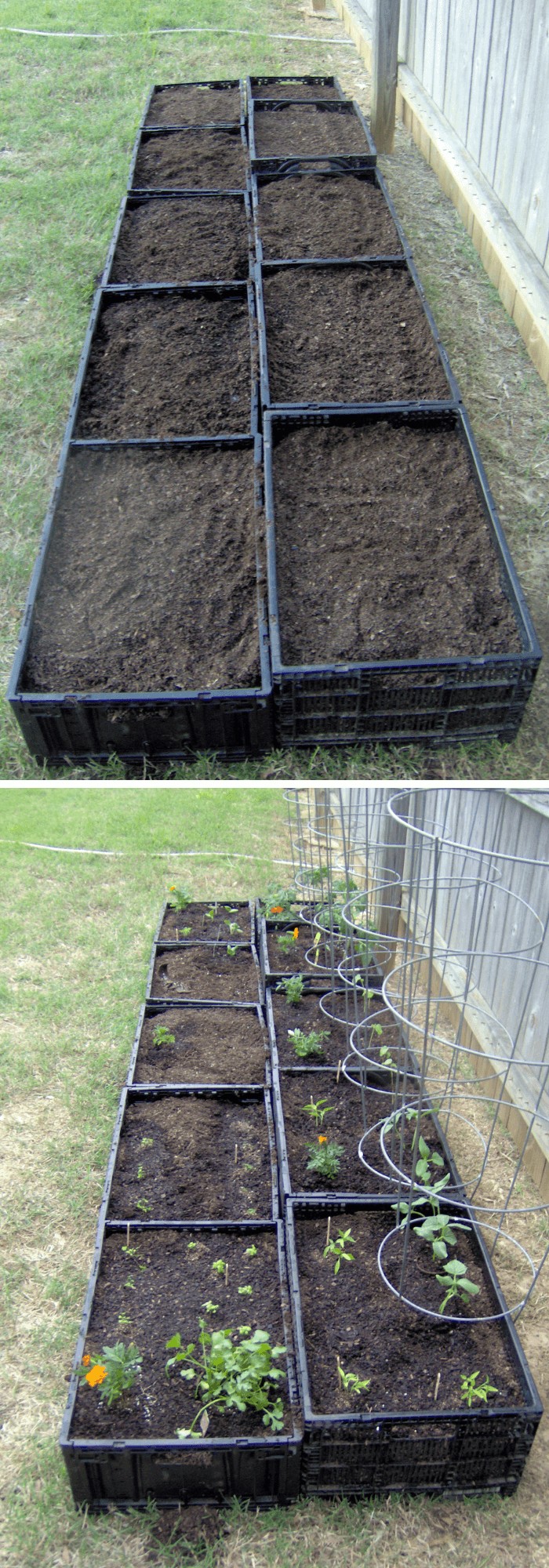
#13. DIY Raised Garden Beds with Corrugated Metal
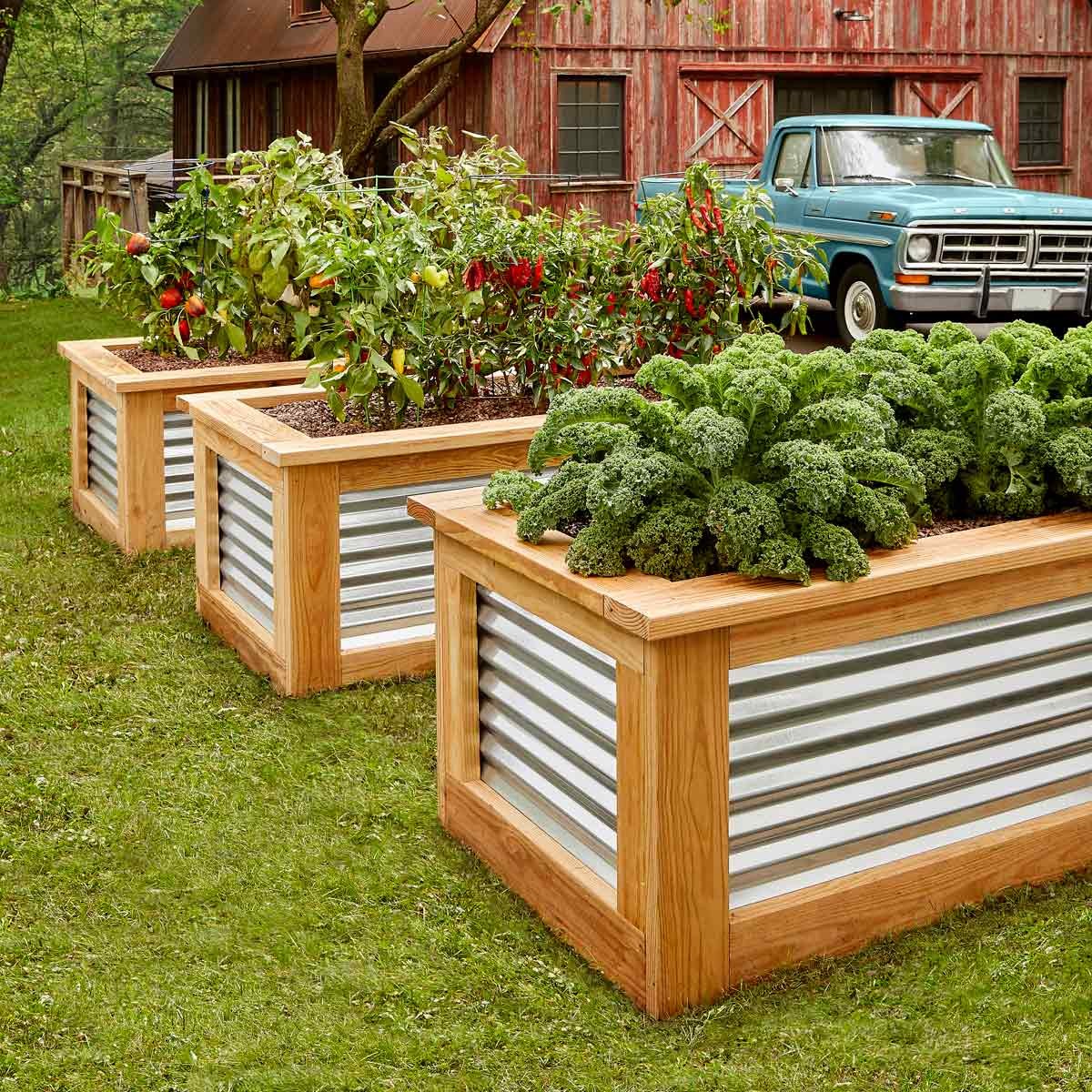
#14. Tall garden planter
#15. Fence Raised Garden Bed
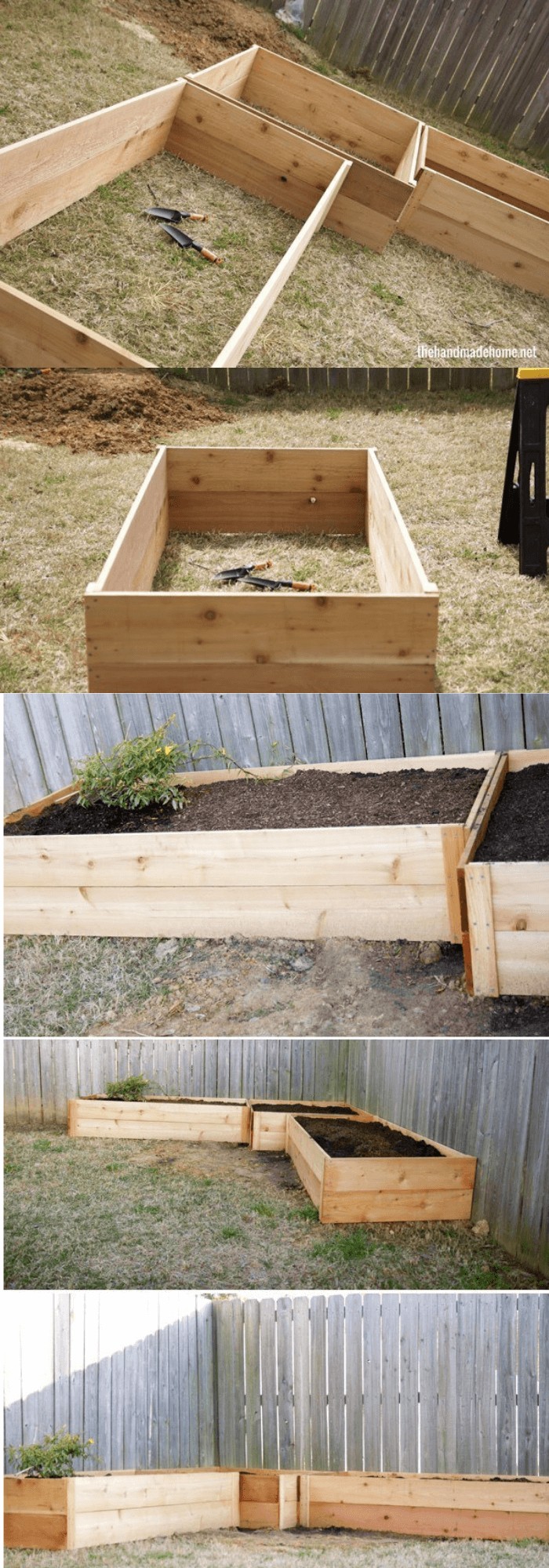
When it comes to building a raised bed in an urban garden, the right materials are crucial. Untreated wood and screws are the ideal combination. Specifically, look for wood that measures four feet by six inches by one inch. This is important because treated lumber can leach chemicals into the soil, posing a risk to plant life. Railroad ties should be avoided altogether, as they’ve been known to contaminate the soil with toxic substances.
To create a sturdy frame, position the wood so that each board’s tip touches the adjacent one, forming a spiral pattern. Secure each board using two screws, ensuring the structure is stable and ready for planting. In terms of growing medium, a blend of peat moss, compost, and perlite or vermiculite is highly effective. This mix should consist of one-third peat moss, one-third compost, and one-third perlite or vermiculite.
Perlite and vermiculite serve the same purpose – to aerate the growing medium. While both options are suitable, perlite tends to be more budget-friendly. Adding some garden soil or topsoil can also contribute to a healthy mix, but it’s essential not to exceed one quarter of the total blend. Composting at the beginning of the process eliminates the need for further fertilization during the growing season.
Peat moss is commonly used, but eco-conscious alternatives like coconut fiber are equally suitable.
Growing Plants in the Raised Bed in the Urban Garden

Using a raised bed in an urban garden offers numerous benefits, including reduced water consumption for similar results as traditional gardening methods. Fruiting vegetable plants typically require one inch of water per week, but intensive cultivation in raised beds allows plant leaves to create a canopy over the soil, retaining more moisture and minimizing evaporation. This can reduce water usage by up to half in some climates.
To ensure success, it’s crucial to place the raised bed in an area that receives optimal sunlight – at least six to eight hours of direct sunlight is ideal for most fruiting vegetable plants. If the available space is smaller than four feet by four feet, a correspondingly sized raised bed frame can be created. What’s more important is providing ideal sunlight conditions for the plants, rather than adhering to specific dimensions.
Annual fruiting vegetables are particularly well-suited for raised bed culture in urban gardens, as the growing medium needs only to be raked over at the end and beginning of consecutive growing seasons. Perennials, which can harm roots with repeated raking, should be avoided. Instead, opt for annuals like flowers, herbs, spinach, and broccoli, which thrive in this system. Proper spacing is essential for all annuals grown in a raised bed.
For example, nine plants per four foot by four foot bed is ideal for broccoli and indeterminate tomatoes, while carrots should be spaced at 16 per square foot and peas at nine per square foot. Before implementing the raised bed method, proper preparation is key to maximizing production. This includes distributing ingredients evenly in the growing material, considering spacing and sunlight conditions, to achieve optimal results.
Related Posts
When it comes to starting or running a farm business, selecting the right equipment is crucial. The importance of installing a fence in your home cannot be overstated, as it provides protection and security. Similarly, understanding gratuity etiquette for home services such as driveway sealing is vital. In addition to these practical considerations, there are also opportunities for personal growth and development in fields like landscape architecture, landscape design, and garden photography.


